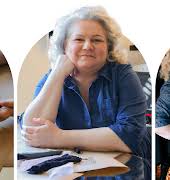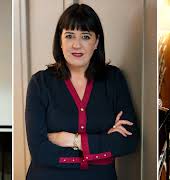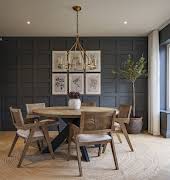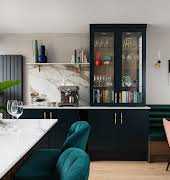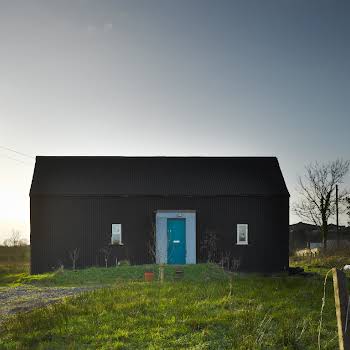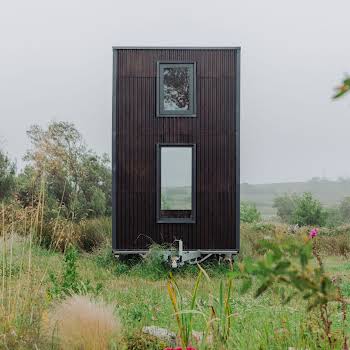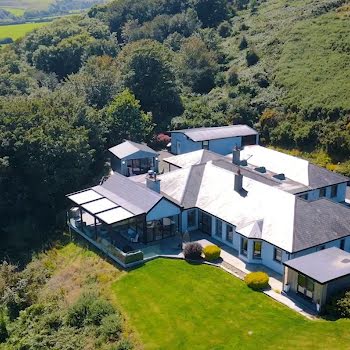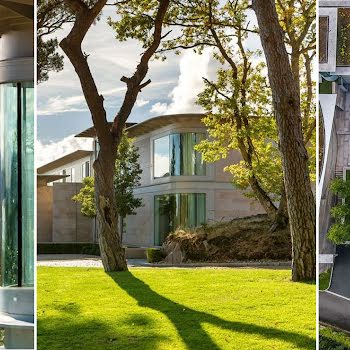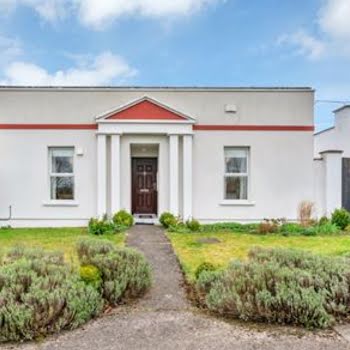
3D-print me a house, please: Is this eco-affordable pod the solution to the Irish housing crisis?
By Amanda Cassidy
19th Jan 2023
19th Jan 2023
With rents skyrocketing and almost no affordable living options, many Irish people are looking for alternate housing solutions. Amanda Cassidy reports.
For many of us the idea of the dream home has changed considerably. Long lawns and white picket fence fantasies have been replaced with desires for environmentally friendly homes, sustainability and convenience. It’s opened the door for the next generation of homes – energy-efficient, minimal waste and more affordable modular homes.
“We’re reinventing the homebuilding process. This is not like any way that a home has been built in the past, even in the true modular setting,” explains Morten Bove, CEO of WOHN – a company that have just entered the Irish and UK market with their 3D printed home solution.
Smarter starter homes
WOHN (Wohn means home) homes are made from upcycled plastic and wood waste. “In fact, we reduce the overall CO2 footprint of the construction by over 90% AND we take out 4 tonnes of waste material for every home,” he explains.
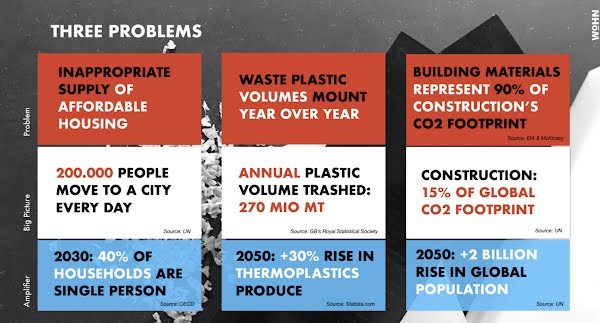
Initially focused on student accommodation, it’s hoped that this type of new generation modular homes can free up many of the properties currently being used to house students. There are also options to give those in substandard housing and perhaps even those currently in direct provision more autonomy, independence and community.
As other European cities adapt to more modern housing solutions, there are concerns that Dublin may be left behind as a city dragging its feet on the provision of housing
Initially entering the UK and Irish market with one and two-storey housing, multi-storey residential projects will follow in 2024 with pitched rooves prepped with solar or living gardens, fire barriers and additional modules that will slide together like cassettes on a deck, making eventual replacement and/or disassembly for relocation easy.
A new way
As other European cities adapt to more modern housing solutions, there are concerns that Dublin may be left behind as a city dragging its feet on the provision of housing, with scheming landlords and young professionals working from their childhood bedrooms all too popular when it comes to imagery of how it currently stands.
Meanwhile, cities like Berlin, Vienna, and Freiburg have proactive land policies for non-market housing like social housing while cooperatives and projects that incorporate sustainability, affordability, or other innovations are being prioritised.
The question is why aren’t more creative solutions being rolled out here, especially in the face of such a challenging landscape?
The WOHN modular homes are finding popularity currently in Denmark as eco-villages and mixed-generation villages in a private developer context, with plans for cloud-based online home configuration service, where individuals online can configure and order their own pod of choice.
Climate-friendliness is crucial for future home buyers. Latest figures show that eco-consciousness factors heavily into home-buying decisions for almost two-thirds of people
A house in days
A number of the first 3D-printed houses were proof of concepts, but the first owner-occupied house in the US is 110sq m and was printed in just 12 hours in 2021. The University of Nantes (France) built Europe’s first owner-occupied 3D-printed house in 2017. Germany’s first 3D residence was printed in 2021 by Peri (Germany) and Cobod (Denmark), taking just 100 hours to complete.
Now these types of 3D homes (from 40k for a one bed and 75k for a two bed unit) are being made without using concrete – The actual cost and completion time of a specific build depends on the architectural plans, but can be well less than half traditional build methods. In fact, some can see completion in just a few days.
Sustainable
Climate-friendliness is crucial for future home buyers. Latest figures show that eco-consciousness factors heavily into home-buying decisions for almost two-thirds of people; 80% of home buyers want properties with energy-efficient features and 89% would choose one home over another if it were more energy efficient.
The interest in 3D-printed housing is accelerating due to rising labour costs, a desire to reduce wastage and environmental damage, and time to market. Building floor areas and heights are now even more practical than the early small demonstration projects.
The new technologies are paving the way for more sophisticated modular properties and governments are embracing solutions, taking a new approach that don’t include housing people in hotels and BnB’s indefinitely.
Already multiple UK councils are in talks with the company which has just opened its UK and Irish operation. The start-up has found early success with Scandinavian social and affordable housing projects.
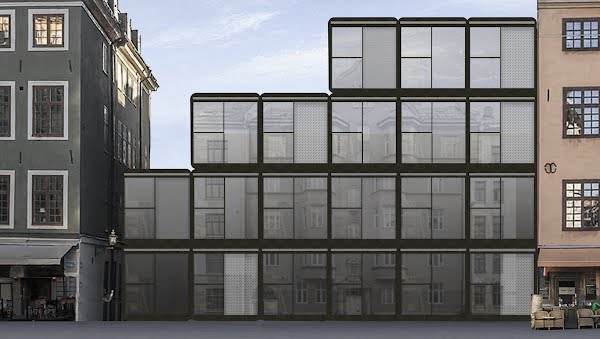
Turning waste into a home
Head of UK sales, Adam Wood says it’s a wonderful solution to a difficult problem. “It’s a superhack in home construction. We turn plastic and wood waste material into contemporary homes. And in the process kick out concrete and steel from the construction equation and make housing sustainable, affordable and democratised. All our modules are factory made, fitted and delivered turnkey to the end destination.
WOHN modular homes need no concrete foundations but is secured with ground plugs that can be unfastened and moved to a new location if needs be. The organic shape aesthetics also mean the homes are modern and fresh in the landscape.”
They are also easily transportable and can be assembled and dissembled in a few days, offering autonomy, community and comfort – They are also sustainable and affordable.
While a solution to the housing crisis is understandably complex, for an ever-changing and evolving urban landscape, modules like these tick a lot of boxes which can’t be ignored as a viable help to a challenging housing market.


